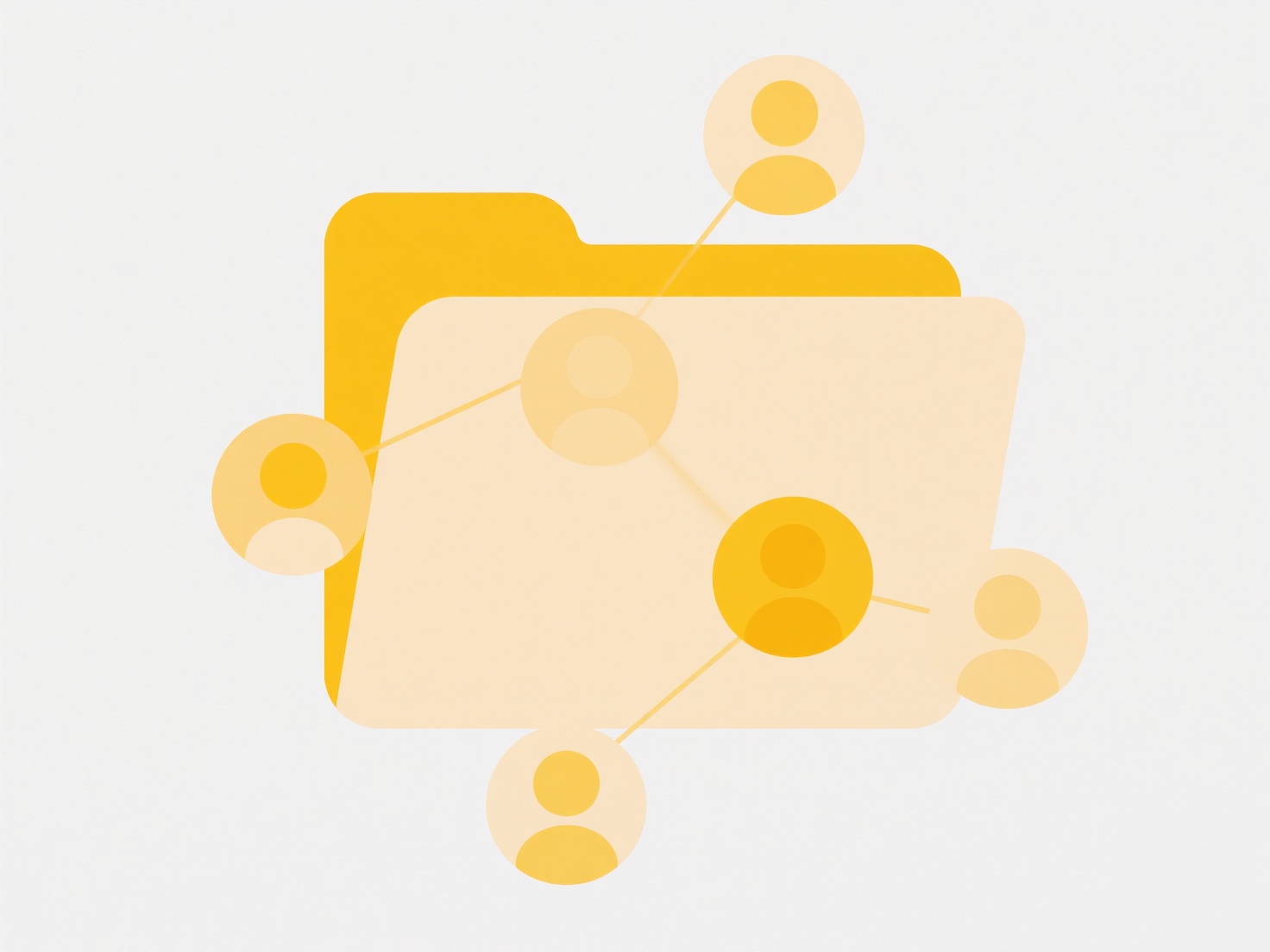
A conflicted file occurs when version control systems (like Git) detect overlapping changes to the same content in different branches, preventing automatic merging. Keeping both versions separately is rarely the final solution. Resolution involves manually reviewing the conflicting sections (marked with <<<<<<<, =======, >>>>>>>), selecting the desired changes from one or both versions, and integrating them into a single, coherent file. This resolved file then replaces the conflicted versions.
For example, when merging feature branches, two developers might update the same function header causing a conflict. Developers use tools (Git CLI, VS Code, GitKraken) to inspect changes, decide which logic to keep, edit the merged file, and commit. Similarly, conflicting UI design updates to a configuration file (like JSON or YAML) require reconciling property values.

While temporarily keeping both versions during review provides context, maintaining them long-term creates confusion and project clutter. The core advantage of resolution is a clean, functional codebase history. Its limitation is the manual effort involved. The definitive action after resolution is committing the merged file; retaining original conflict markers or both files permanently hinders collaboration and future development. Tools ultimately require one resolved version to proceed.
Should I keep both versions of a conflicted file?
A conflicted file occurs when version control systems (like Git) detect overlapping changes to the same content in different branches, preventing automatic merging. Keeping both versions separately is rarely the final solution. Resolution involves manually reviewing the conflicting sections (marked with <<<<<<<, =======, >>>>>>>), selecting the desired changes from one or both versions, and integrating them into a single, coherent file. This resolved file then replaces the conflicted versions.
For example, when merging feature branches, two developers might update the same function header causing a conflict. Developers use tools (Git CLI, VS Code, GitKraken) to inspect changes, decide which logic to keep, edit the merged file, and commit. Similarly, conflicting UI design updates to a configuration file (like JSON or YAML) require reconciling property values.

While temporarily keeping both versions during review provides context, maintaining them long-term creates confusion and project clutter. The core advantage of resolution is a clean, functional codebase history. Its limitation is the manual effort involved. The definitive action after resolution is committing the merged file; retaining original conflict markers or both files permanently hinders collaboration and future development. Tools ultimately require one resolved version to proceed.
Quick Article Links
What are best practices for enterprise file renaming?
Enterprise file renaming refers to establishing standardized rules for naming files across an organization's systems. Un...
Do I need admin privileges to install Wisfile on Windows?
Do I need admin privileges to install Wisfile on Windows? No admin privileges are explicitly mentioned in Wisfile's do...
How to auto-organize documents by reading file metadata like title or author?
How to auto-organize documents by reading file metadata like title or author? File metadata such as titles, authors, a...